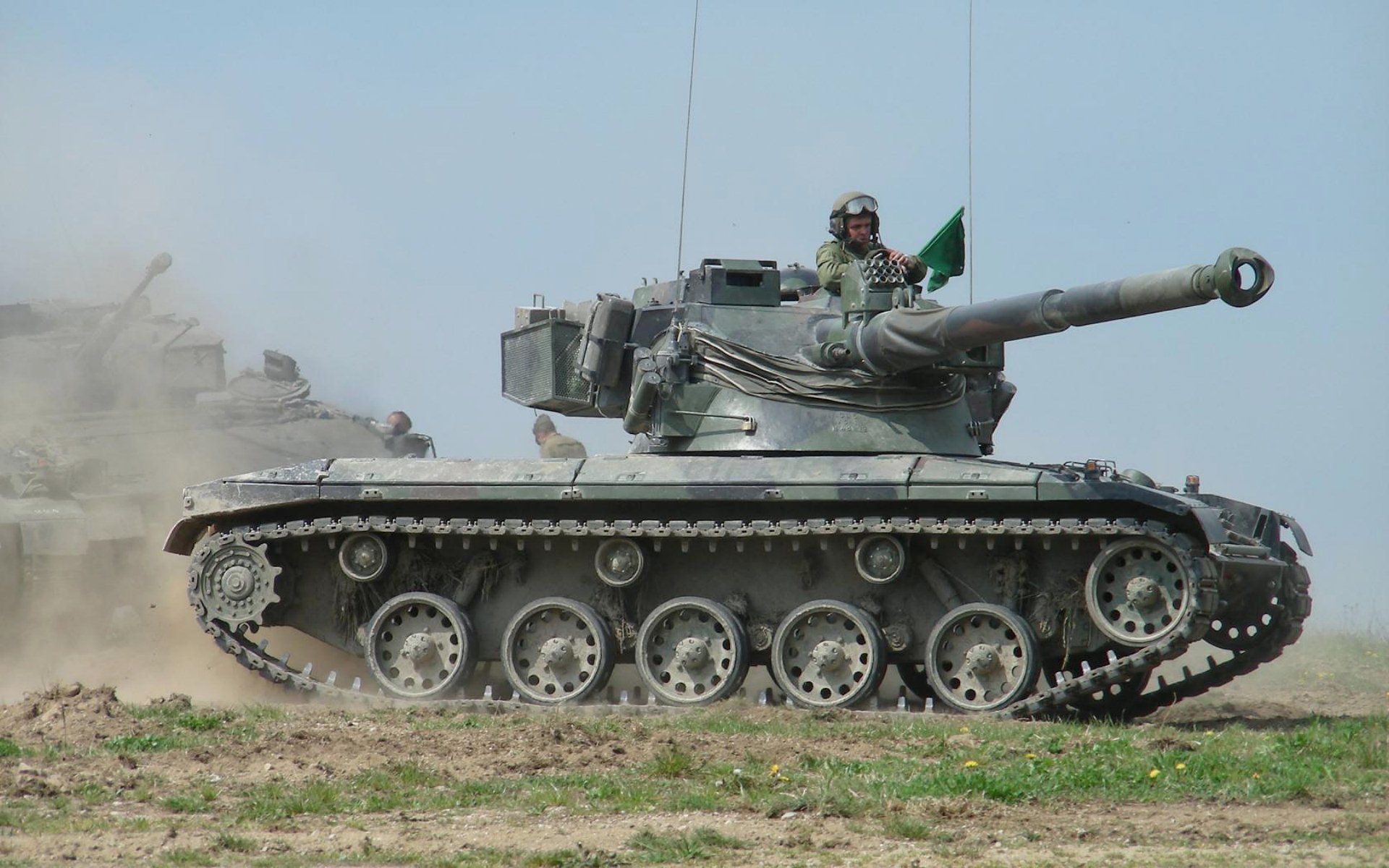

French tank warfare was severely restricted as tanks were assigned to infantry divisions, and were intended to provide support for infantry. Almost 80 percent of French tanks did not have radios, since the battle doctrine employed by the French military was more a slow-paced, deliberate conformance to planned maneuvers. Setbacks the French military suffered were more related to strategy, tactics and organisation than technology and design. The 37mm and 20mm guns the Germans used were ineffective at penetrating the thick armour of the B1, which was able to return safely despite being hit a large number of times. One single Char B1 was able to destroy thirteen German tanks within a few minutes in Stonne on, all of them Panzer III and Panzer IV tanks. The design of French tanks were not inadequate to their German counterparts in fact, many French tank designs outpowered various early German tanks used during the first stages of the war. Within France and its colonies, roughly 5,800 tanks were available during the time of the German offensive. The French had planned for a defensive war and built tanks accordingly infantry tanks were designed to be heavily armoured.

History World War II Ī disabled Char B1 Bis in Northern France, 1940Īt the start of the war, France had one of the largest tank forces in the world along with the Soviet, British and German forces. Another 400 Saint-Chamond tanks were manufactured from April 1917 to July 1918, however these tanks were largely underpowered and of limited utility due to the design of the caterpillar tracks, which were too short in comparison with the tank's length and weight.

The French also experimented with various tank designs, such as the Frot-Laffly landship, Boirault machine and Souain experiment. The Schneider CA1 was the first tank produced by France, and 400 units were built. French development into tanks began during World War I as an effort to overcome the stalemate of trench warfare.


 0 kommentar(er)
0 kommentar(er)
